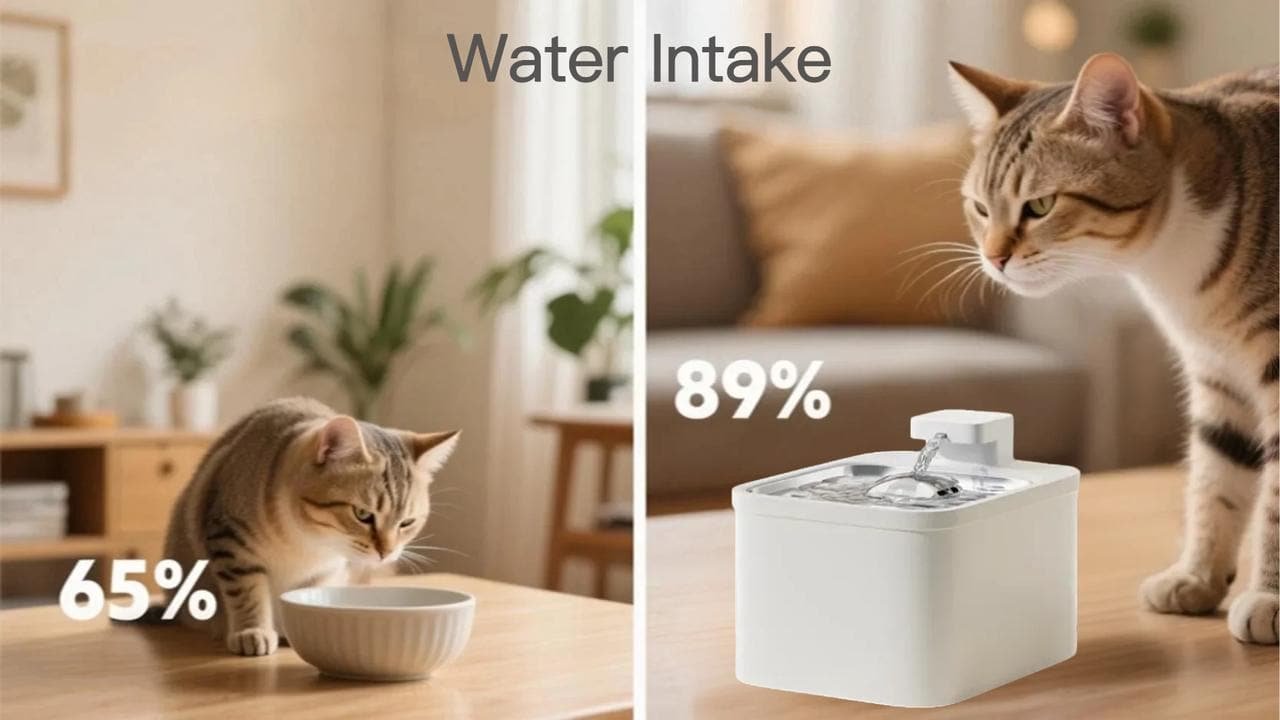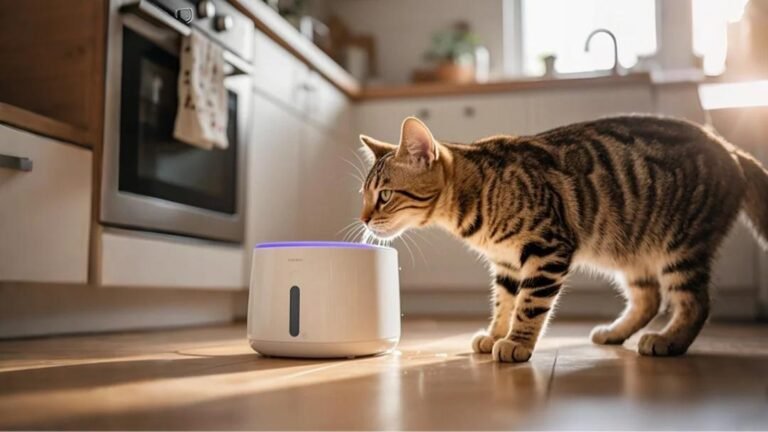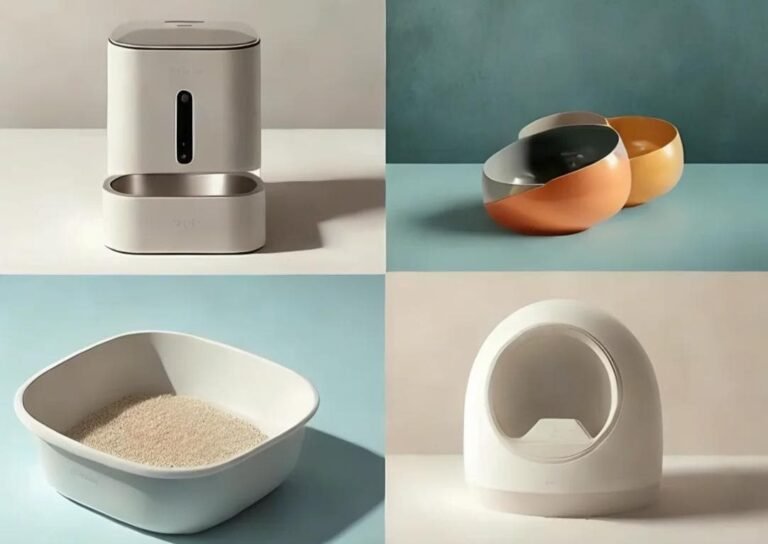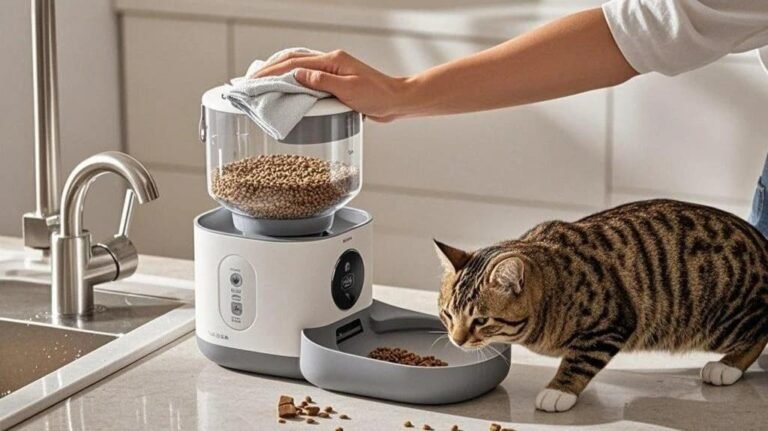Why Moving Water Matters More Than You Think

Key facts every pet parent should know:
- Instinctual preference: Wild cats derive 70% of their water intake from prey (study: Journal of Feline Medicine)
- Dental benefits: Flowing water reduces plaque buildup by 22% (vet survey data)
- Temperature control: Circulating water stays 5-7°C cooler in summer
The Fountain Material Matrix: Pros & Cons
- Stainless Steel Champions
- + Hospital-grade hygiene (86% less bacterial growth)
- – Can startle noise-sensitive pets (42dB water flow)
- Ceramic Artisan Models
- + Naturally cool base (ideal for brachycephalic breeds)
- – Requires weekly deep cleaning (porous surface)
- BPA-Free Plastic Workhorses
- + Lightweight & budget-friendly
- – Scratch-prone (replace every 12-18 months)
5 Must-Check Features Before Buying
- Flow Customization: Look for 3+ settings (stream, shower, bubble)
- Filter Life: Carbon vs ion-exchange vs coconut shell (lasts 2-4 weeks avg.)
- Capacity Math: 1L/day per 5kg body weight + evaporation buffer
- Noise Threshold: <50dB for night use (quieter than fridge hum)
- Slope Gradient: 15° ramp ideal for flat-faced breeds
Maintenance Mastery: Keep It Flowing Smoothly
Weekly Ritual:
- Vinegar soak (1:3 ratio) for mineral deposits
- Toothbrush scrub on pump rotor blades
- Filter rotation (mark dates with waterproof sticker)
Pro Tip: Add 1 tsp crushed ice cubes during heatwaves – 73% of cats prefer chilled streams!
The Silent Killer: 3 Overlooked Fountain Hazards
- Electrocution Risk: Ensure the pump has GFCI protection
- Algae Alert: UV-resistant models reduce blooms by 40%
- Splash Zone: Non-slip mat extends floor lifespan
What’s your fountain horror story or success tip? Help fellow pet parents navigate the waterfall wonderland below!



